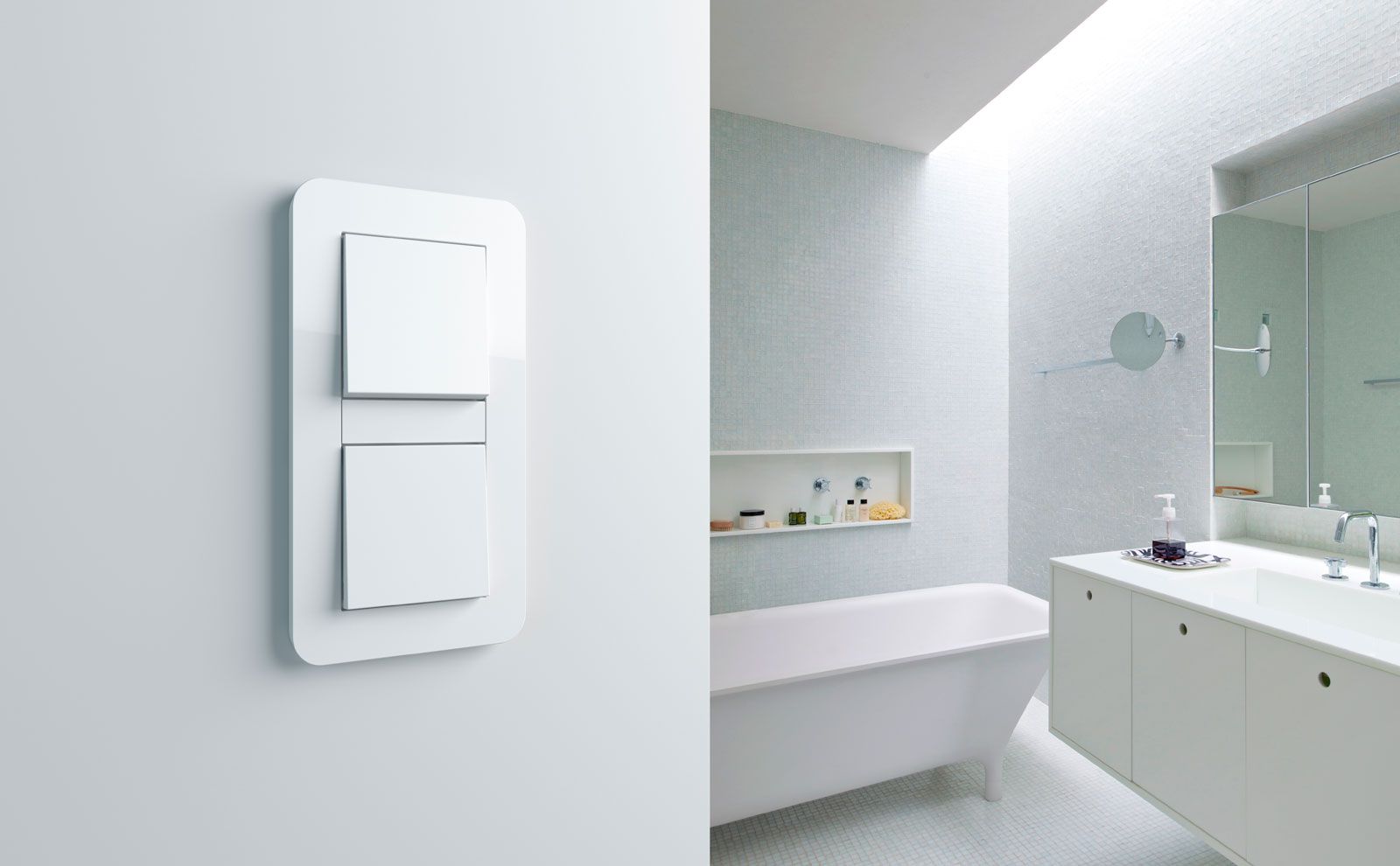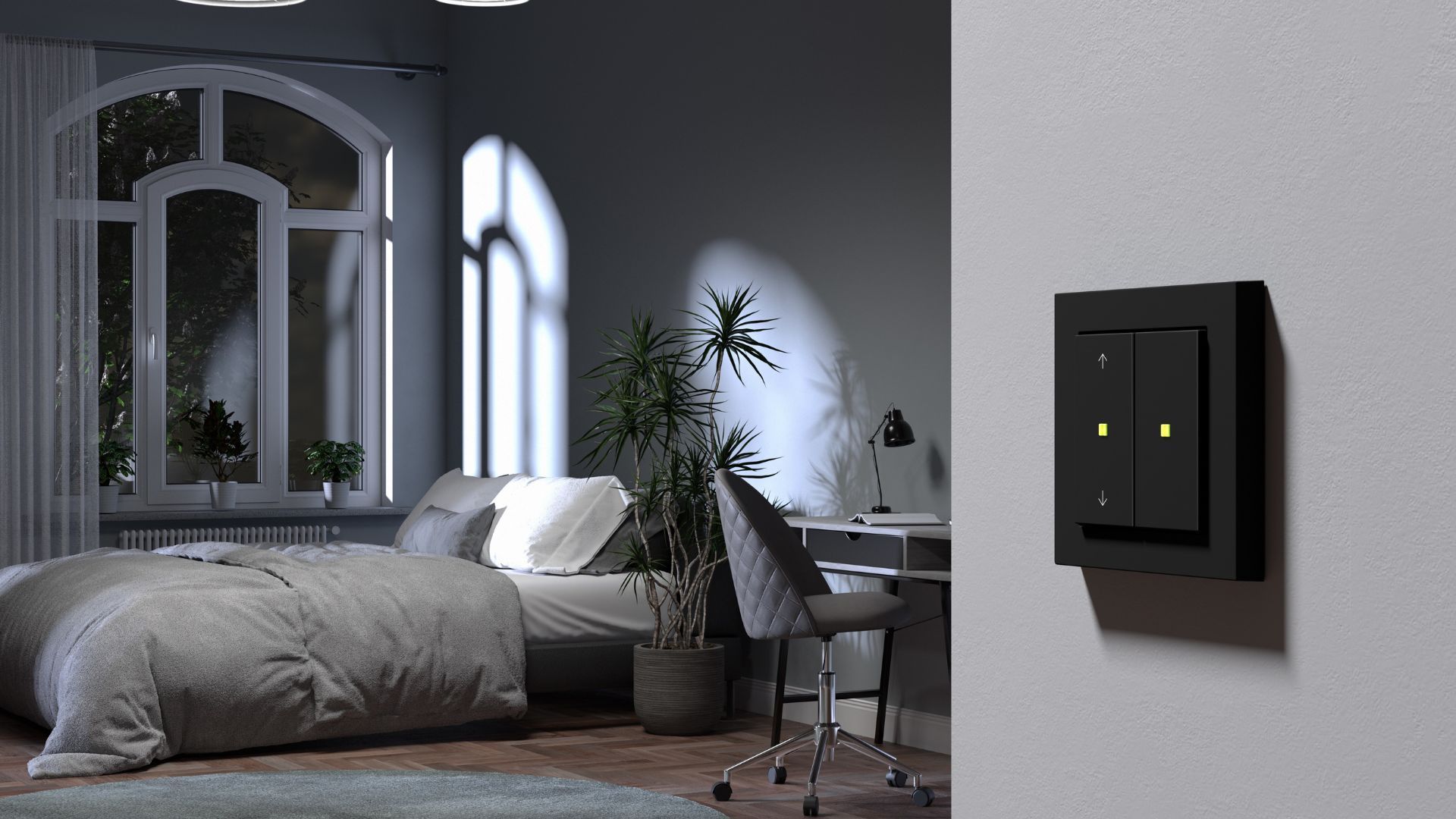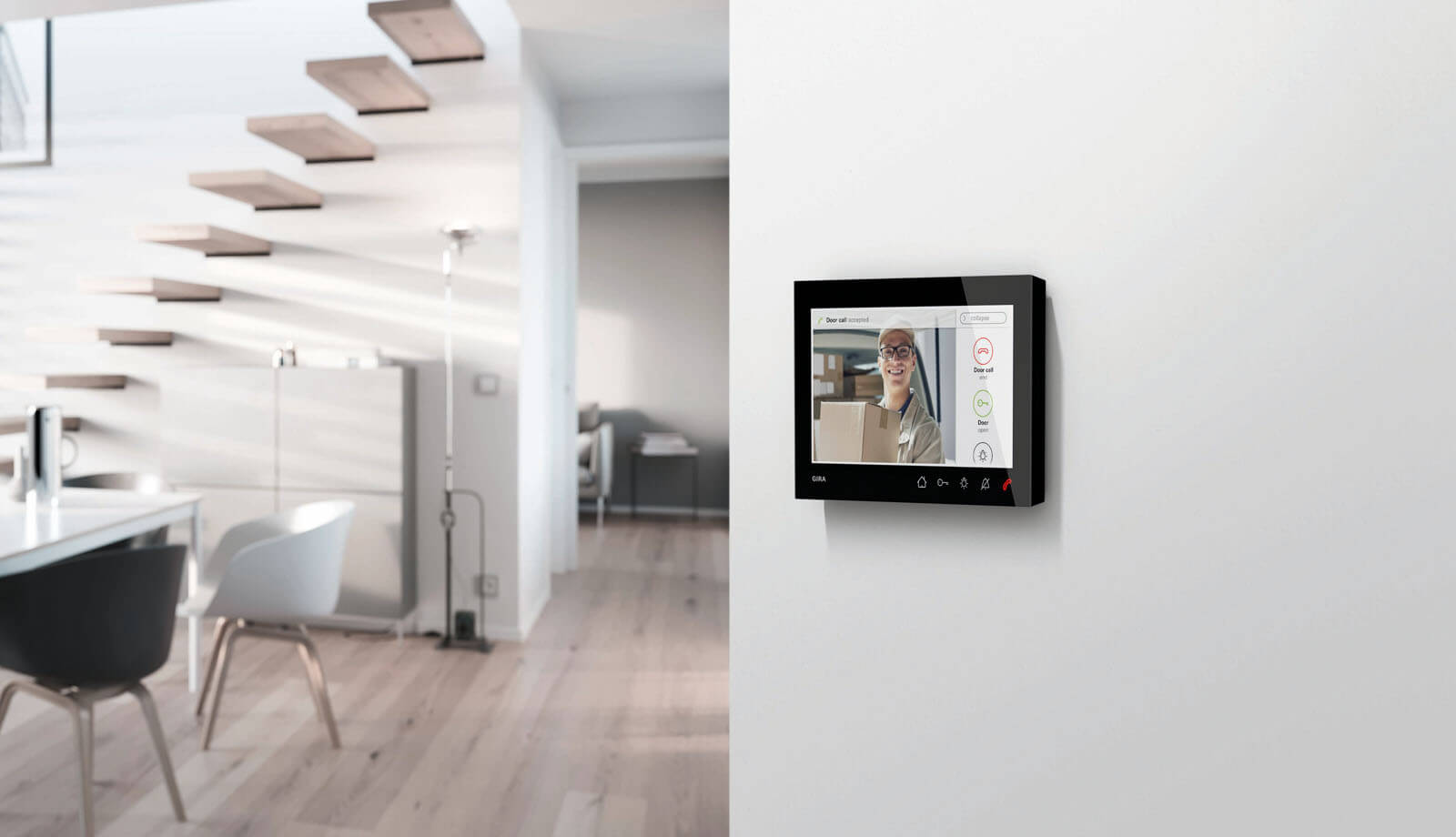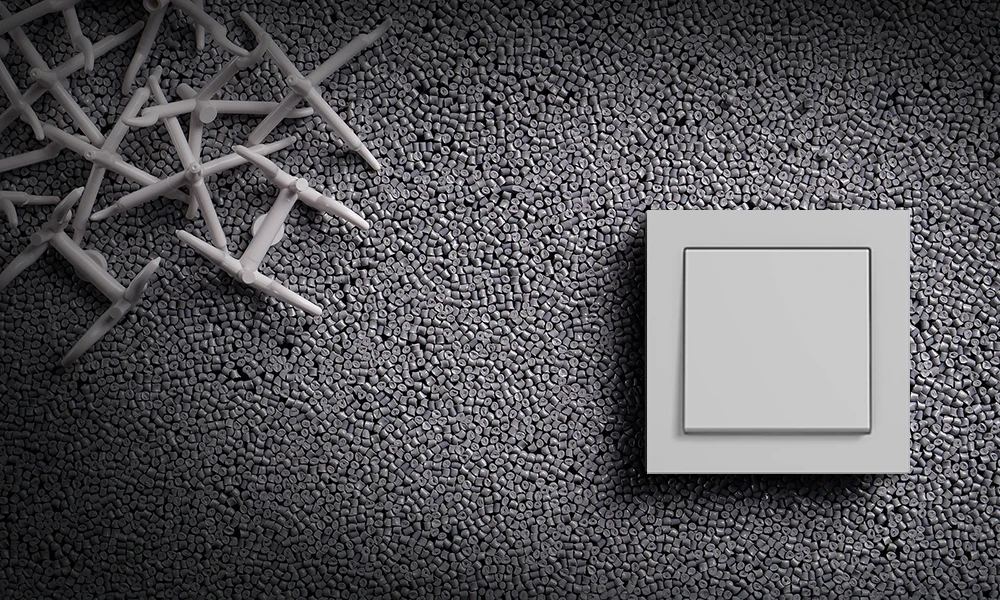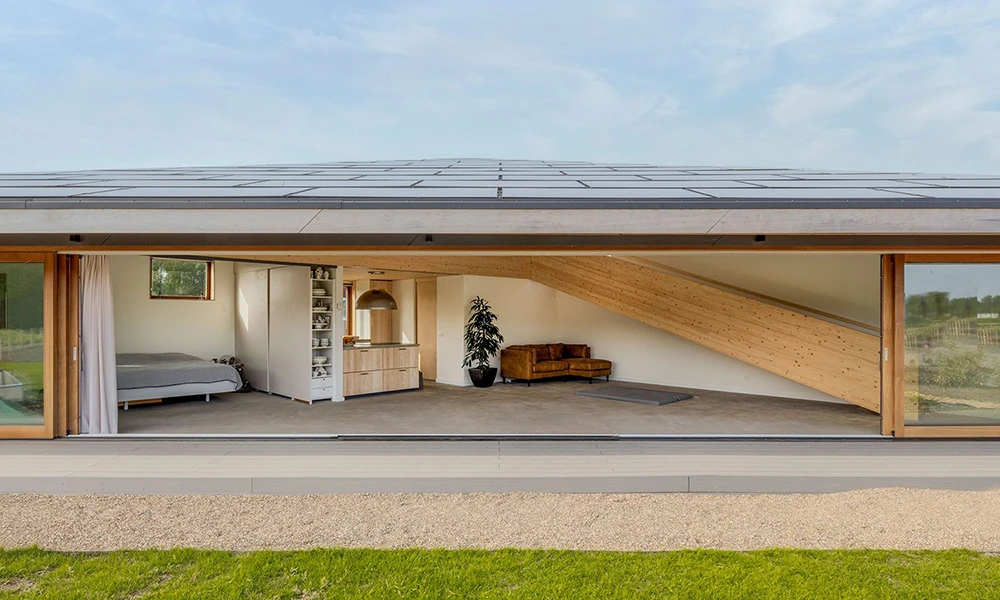
Living is more than just having a roof over your head. It is a fusion of technology, aesthetics, and sustainability. But what exactly will shape the homes this year? Here are the living trends for 2025 – with deeper insights, exclusive perspectives, and exciting visions for the future.
Trends emerge when we observe the present and project its developments into the future. Even the colour trends for 2025 reflect a mood of change and transformation. The driving forces behind this include major global developments such as digitalisation, political crises, climate change, and a growing desire for personal expression and well-being.
These global megatrends are also reshaping our expectations of what a home should be. Here, we highlight four key living trends for 2025.
1. Embracing colour: why 2025 is the year of bold design
For years, muted earth tones and minimalist white dominated interiors. But the living trends of 2025 are breaking away from this restraint: vibrant colours, striking textures, and daring material combinations are setting new design accents. But what’s driving this shift?
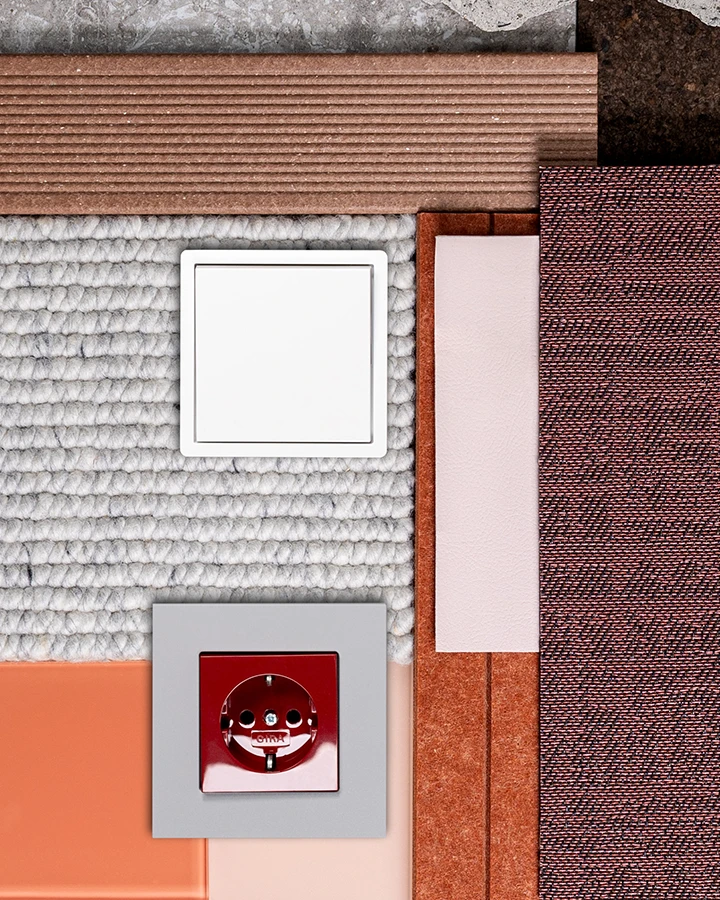
The psychology of colour: Studies show that colours influence both emotional and cognitive processes. Warm tones like terracotta or mustard yellow have been proven to enhance well-being.
Popular colour trends for 2025: Bold berry shades, deep petrol blue, warm ochre, and earthy greens – along with Pantone’s trend colour Mocha Mousse – will define interior spaces.
Material meets colour: In 2025, wood and stone textures won’t just be used for facades but will also be paired with vibrant pigments in interiors – a revolutionary approach to interior design.
Designers and brands: Leading manufacturers such as Farrow & Ball and Little Greene are setting new standards for high-quality, eco-friendly colour design.
Seamless concepts: Especially in bathrooms, seamless, coloured surfaces are on the rise – not only easy to maintain but also highly hygienic.
Colour is making a comeback – but not randomly. It is being used strategically and scientifically to create living spaces in an entirely new way.
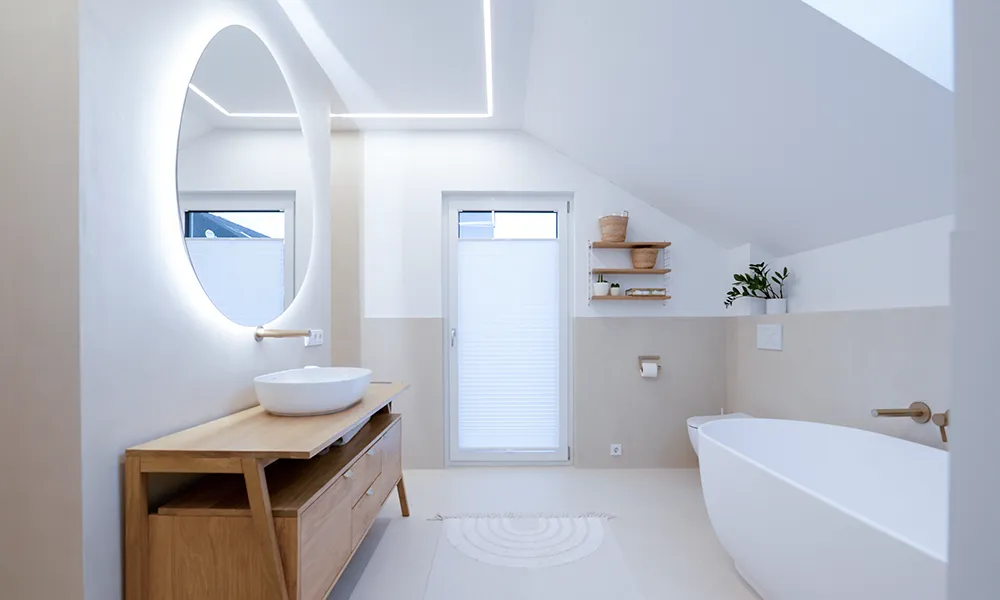
2. Healthy living spaces as a home trend for 2025: the invisible luxury
Healthy living is no longer a niche topic. In 2025, it will take centre stage in home design. Three key innovations stand out in particular:
Non-toxic materials: Emission-free paints, varnishes, and flooring are a must – especially for households with children or allergy sufferers.
Biodegradable insulation: Insulation is made from thermoplastic biopolymers – a sustainable alternative to polystyrene with a better CO₂ balance.
Air quality as a selling point: Smart ventilation systems that analyse and improve indoor air quality in real time are becoming increasingly popular.
Comfort won’t just be about what’s visible. Invisible factors such as air quality, emissions, and environmental compatibility will play a crucial role in shaping living spaces.
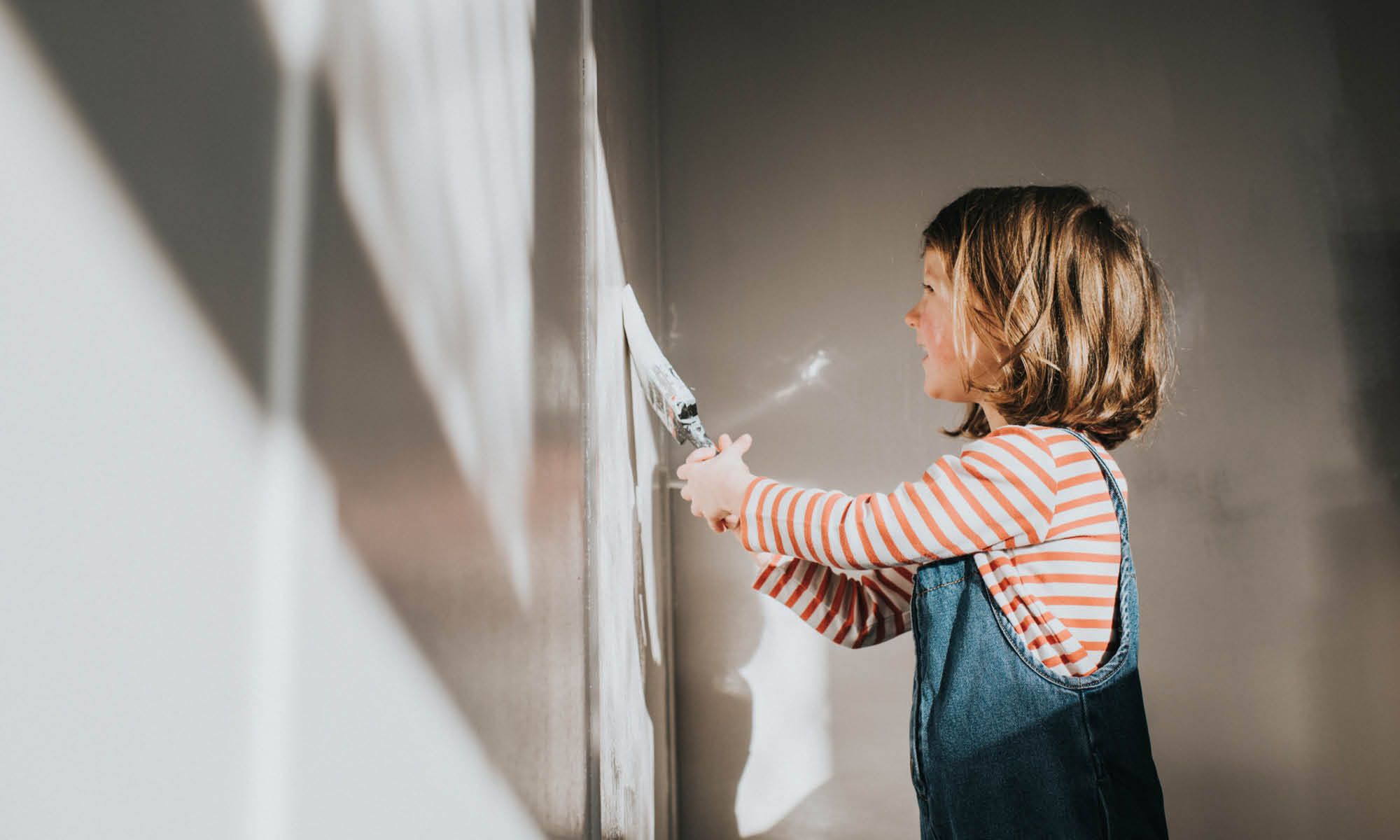
3. Smart technologies: intelligence moves into the home
While smart thermostats and lighting control have long been standard, 2025 is all about intelligent systems that actively learn and adapt:
Personalised living environments: Homes remember residents’ preferences and automatically adjust lighting, music, and temperature.
Energy optimisation: Modern systems combine weather data with consumption analyses and smart functions to minimise energy use.
Security through AI: Facial recognition and AI-driven surveillance proactively protect homes from break-ins.
Data protection and intuitive operation: Manufacturers like KNX are increasingly focusing on encrypted systems and user-friendly interfaces.
Smart Home technology isn’t just becoming more intelligent – it’s also becoming more seamless and adaptive.
4. Sustainability and longevity: future-proof living
Sustainability isn’t just a trend—it’s a fundamental shift in how we design our homes. In 2025, the focus goes beyond simple recycling toward durability, modularity, and circular design.
Durable materials: Brands like Vitra and USM Haller focus on modular, timeless designs built to last for decades.
Recycled terrazzo: The manufacturer VIA introduced an innovative recycled terrazzo made from reclaimed building materials – already a winner of the German Design Award 2025.
Cradle-to-cradle design: Several Gira products have been certified in accordance with the Cradle to Cradle Standard 4.0. This proves their circular, environmental and social compatibility. The certified products are the Gira SCHUKO socket outlet and swith frames from the desig lines Gira Standard 55, Gira E2 and Gira F100.
Sustainability isn’t just about recycling – it’s about durability and adaptability, ensuring a home that remains modern and timeless.
Living is becoming smarter, healthier, and more flexible
The living trends of 2025 make one thing clear: the future of living is more colourful, healthier, and smarter than ever. While design is breaking free from old conventions, technology is blending seamlessly into everyday life, and sustainability is a given.
